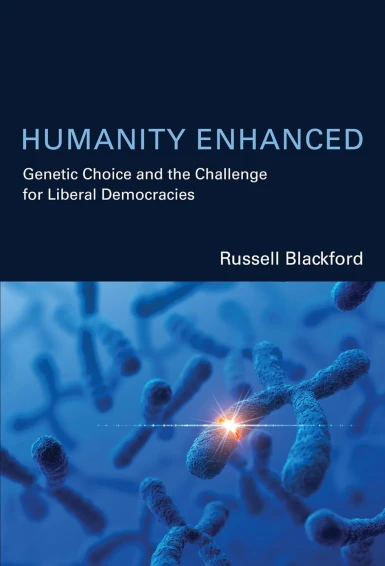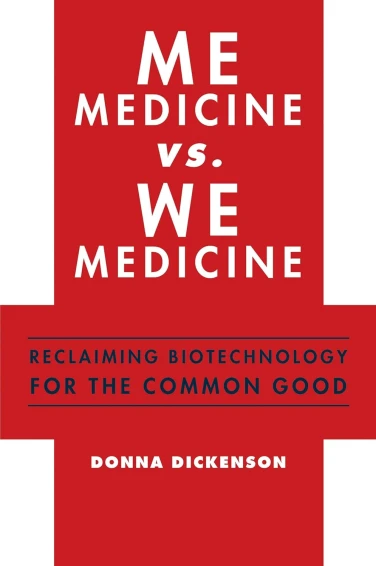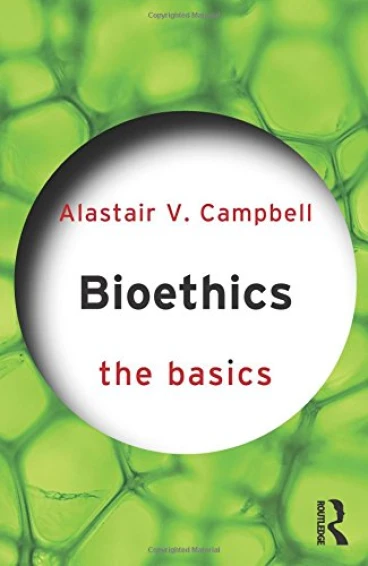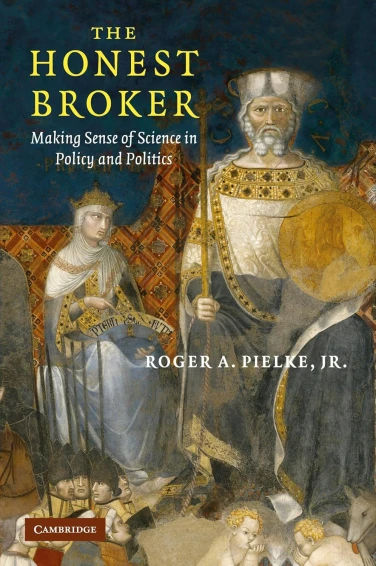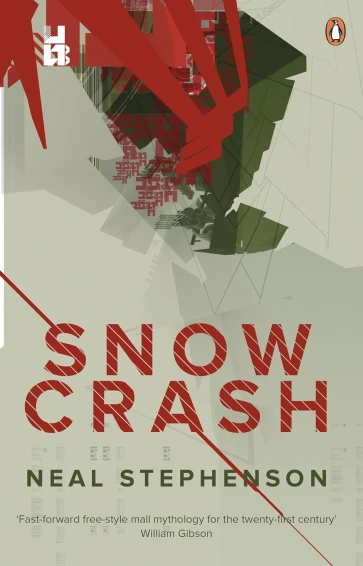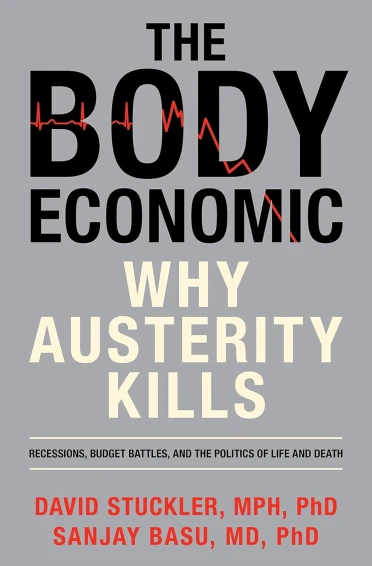
By Ken MacLeod
Orbit Books: London, 2010
320pp (hb)
ISBN 978-1-84149-647-4
£18.99
For many the name Ken MacLeod may be synonymous with the very best of UK science fiction. Author of eleven previous novels, five of which have been nominated for the Arthur C. Clarke Award, MacLeod is widely recognised as being a sci-fi author who delivers intelligent, witty and politically challenging novels. His latest, The Restoration Game was released just this month (July 2010) following closely on the tails of acclaimed novels such as The Execution Channel and The Night Sessions. Despite such a good reputation this has been the first novel written by the author which I have read. Consequently in coming to read the book I had nothing to compare it to and simply had the dust jacket endorsements and a number of positive comments about the author gathered over recent years to refer to. Therefore the crucial key question is whether having read this first book does it inspire me to read earlier books by MacLeod? The answer is a clear and emphatic ‘yes’!
The author is clearly someone who enjoys using his sharp understanding and intellect in the area of science and technology to write works of fiction which are framed by issues connected to these disciplines. He successfully avoids getting bogged down in explaining too much of the technicalities and treats the reader to an engaging plot which is developed skilfully using a well crafted narrative. Into this plot MacLeod weaves technical information which compliments as opposed to hindering the story line. It appears naturally within the context of the plot. In fact in certain places further information could well have been added to bolster the story without it necessarily detracting from it. I confess that I am not a seasoned sci-fi reader but certainly someone who has and is developing an interest in this genre. Consequently I found MacLeod’s style extremely accessible and enjoyable. This is not to say that he is a ‘light’ author. The thematic material of the book is anything but, however MacLeod’s style of writing is one that I would say suits both the novice and expert sci-fi enthusiast.
The author
In terms of background, Ken MacLeod is a Scottish based full-time writer with previous experience of working as a computer programmer, has a BSc degree in zoology and written an MPhil thesis on biomechanics. His novels are said to often explore a mix of politics and technical interests in intelligence, the singularity and post-human cyborg interaction. In 2009 he held the position of Writer in Residence for the Genomics Forum - the multidisciplinary international research team investigating the impact of genomics on society and sponsored by the UK’s Economic and Social Research Council (ESRC). In this role, his work was focused on engaging in a number of public engagement and literary projects.
The Plot
In many respects it goes without saying that any plot must engage the reader. MacLeod passes this test with flying colours. From the outset the plot draws the reader in and takes them on a roller coaster of a rider with a variety of twists and turns. This is helped by the fact that the book is written in a style similar to many contemporary TV drama programmes. Instead of starting at the beginning the book starts at the end of the story chronologically, a move which offers a different and engaging way into the story.
Without giving too much away and spoiling the read, the basic plot of the book centres around a young woman called Lucy Stone, a games developer residing in Edinburgh who is sucked into a bizarre conspiracy which combines the politics of the Caucasus (with parallels to the tensions seen between Russia and Georgia in 2008), family history, smuggling and the CIA. Lucy receives a call from her mother – an American spy – asking her to build a version of their latest game set in Krassnia. Krassnia is a satellite state of the old USSR, and a place not unfamiliar to Lucy as it was her place of birth. The state is on the brink of revolution and the online game is designed to act as a platform and safe place to meet for the revolutionaries to gather and strategise. In helping to develop the game by going back over and researching her family roots, Lucy embarks on a series of discoveries which she could never have imagined possible.
Characterisation
The characters are well formed and believable as demonstrated in her relationships with mum and Alec. In the case of Lucy this is particularly so due to the human frailty and weaknesses that the author allows Lucy to possess and demonstrate. This engenders a sense of empathy and understanding between the reader and the character. There is only one exception to this and it is found when Lucy drops everything and seemingly unquestioningly sets off on a secret mission to Krassnia without any sense of hesitation, doubt or in trepidation. Other readers may think otherwise once they have read the book but this appeared a little too unbelievable. Maybe her rather turbulent childhood existence may be in some part to blame for this zeal!
Simulation
One of the strengths of science fiction is that it helps to introduce and explore themes and issues which may not be science reality. In this regard, The Restoration Game is particularly engaging and thought provoking in terms of the development of artificial intelligence (AI). Recognised by others as what could be termed a techno-utopian, but one who expresses scepticism over the possibility and especially over the desirability of Strong AI (the thinking that AI will eventually rival human intelligence), MacLeod takes the question of the simulation argument as one of the key themes upon which he bases the book.
First advanced by Dr. Nick Bostrom, the simulation argument posits that the most advanced technology that we possess today will actually be quite primitive in comparison to what our descendents will have. Following this line of assumption Bostrom predicts that future civilisations will have enough computing power and programming skills to be able to create what Bostrom calls “ancestor simulations”. These would be detailed simulations of the simulators’ predecessors and possessing enough detail and data that the simulated minds would be conscious and possess the same level of experience that we have today. In essence think of the movie The Matrix and a very realistic virtual reality environment but with the crucial and significant difference that instead of being separate, the brains inhabiting the world are part of the simulation as well [1].
Many questions arise from such an argument. Perhaps most common are those that are related to whether or not we could ever know for certain whether we are in a simulation. To Bostrom this looks very near impossible to answer as the simulators would probably never want us to know. However Bostrom does offer a way of determining whether or not we are in a simulation. He proposes that if we ever reach a point when we are about to switch on our own ancestor simulations, we can conclude with some confidence that we are actually in a simulation as well.
Like a Russian doll
Against this background, in my opinion MacLeod skilfully explores and offers the reader an insight in how this thinking may be contextualised through the story of The Restoration Game. Without spoiling the book by disclosing all the details but keeping with the theme of it nonetheless, the author assumes three different levels to explore the idea of life and the simulation, all of which seem to work within one another rather like a Russian doll. At one level we have Lucy’s own life and her relationships with friends, family and lover. At the next level, the virtual life viewed from the perspective of the massively multiplayer online role-playing game (MMORPG) world and then finally at the level of the supposed ancestor simulation. Without confusion MacLeod has been able to write a novel which switches between these different levels rather like a kaleidoscope, helping to frame key questions about the interplay of these different expressions of ‘life’. By the close of the book the reader will be left in no doubt that the term ‘restoration’ can be understood at many different levels; politically, socially, relationally, technologically and so forth. In fact I found on finishing the book, reading the opening two chapters again helps to bring further clarity, understanding and meaning to the whole story.
Having read the book, it is interesting to reflect on the fact that MacLeod himself has doubts and reservations over strong AI and yet he has written a book which clearly explores the idea of computational power being able to simulate life. What I take from this is encouragement that engagement is to be preferred over disengagement with new ideas and thinking. Engagement does not mean full scale support and agreement but it does demonstrate an openness to connect with the issues and explore what they may mean. Given the development of autonomous robots in the battlefield, avatars, virtual reality technology (cf. Linden Lab’s virtual online world ‘Second Life’) you can see where technology could take us and where thinking such as the simulation argument has had its genesis. Even if the technological aspirations to accompany it are disproved the ideas and thinking are helping to shape a vision of the future by many experts and proponents in the field.
Conclusion
The book does not offer any deeper ethical explorations of the issues and questions which arise from the storyline; this is left to the reader and the benefit of such a good work of science fiction! The Restoration Game helps to frame a mix of questions surrounding advances in computational power, the reason of human existence, what is virtual as opposed to what is reality and the future of the human project. It gives the reader the opportunity to think through and consider the answers and responses to such scenarios. Aside from all of this, put simply the book is a superb quality dose of sci-fi fodder and well worth making the time to read this summer.
--------------------
[1] To read more about the simulation argument see the article Dr. Nick Bostrom wrote for New Scientist “Do we live in a computer simulation?” New Scientist, Vol. 192, No. 2579, 19 November, pp. 38-39, 2006 [http://www.simulation-argument.com/computer.pdf ]




